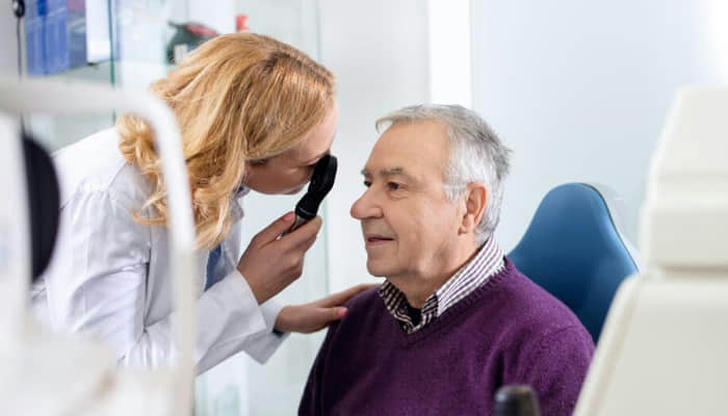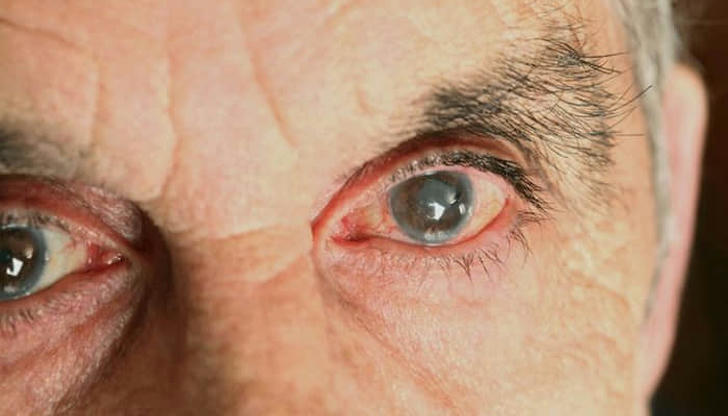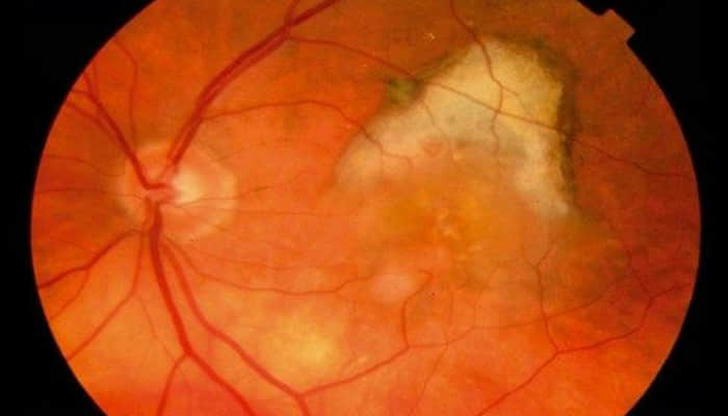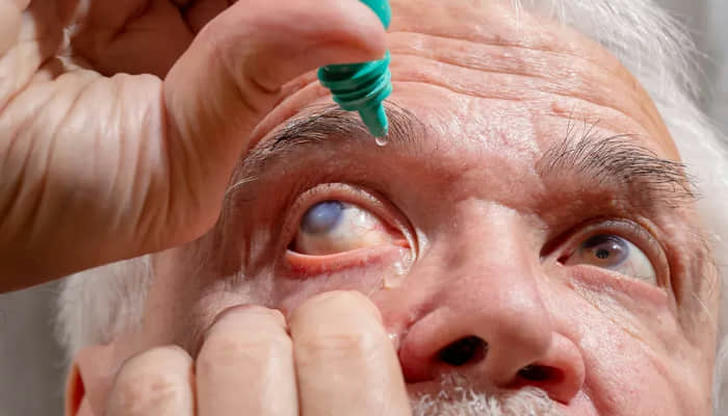Eyesight Over 50: Common Vision Issues and How to Address Them

Have you noticed changes in your vision as you've gotten older? You're not alone. Studies show that over 70% of adults aged 45 and above experience some form of vision changes, ranging from mild blurriness to more significant issues. As we age, our eyes undergo natural changes that can affect clarity and focus. However, there's good news! By following simple yet effective tips and practices, you can maintain clear and healthy eyesight well into your golden years.
Here we've compiled a list of 10 easy-to-follow tips backed by research and experts in eye care. Keep reading to maintain clear and healthy eyesight.
Common Vision Issues After 50
Presbyopia

Presbyopia is a common vision problem that typically occurs as people age. It makes it difficult to focus on near objects, such as reading or using a smartphone. This happens because the natural lens of the eye loses flexibility over time, making it harder to adjust focus between near and distant objects. Symptoms include blurry vision when reading or doing close-up work, eye strain, and headaches. Corrective measures such as reading glasses, bifocals, or contact lenses can help manage presbyopia and improve vision for close tasks.
Cataracts

Cataracts occur when the normally clear lens of the eye becomes cloudy, leading to blurred or cloudy vision. This clouding can make it challenging to see clearly, especially in bright light or at night. Cataracts often develop slowly over time and are more common in older adults. Symptoms may include cloudy or blurry vision, faded colors, glare or halos around lights, and double vision in one eye. Treatment for cataracts usually involves surgical removal of the cloudy lens and replacement with an artificial lens to restore clear vision.
Age-related macular degeneration

AMD is a progressive eye condition that affects the macula, the central part of the retina responsible for sharp, central vision. It can cause a gradual loss of central vision, making it difficult to read, drive, or recognize faces.
There are two types of AMD: dry AMD, which involves the gradual breakdown of light-sensitive cells in the macula, and wet AMD, characterized by abnormal blood vessel growth under the retina. Symptoms of AMD may include blurry or distorted central vision, dark or empty areas in the center of vision, and difficulty seeing details or colors clearly. Early detection and treatment, such as injections or laser therapy for wet AMD, can help slow progression and preserve vision.
Glaucoma

Glaucoma refers to a group of eye conditions that can damage the optic nerve due to increased pressure inside the eye. This damage can lead to vision loss or blindness if left untreated. There are several types of glaucoma, with open-angle glaucoma being the most common.
In its early stages, glaucoma may not cause noticeable symptoms, but as it progresses, it can cause peripheral vision loss, tunnel vision, blurred vision, and eye pain or redness. Regular eye exams that include measuring eye pressure and assessing optic nerve health are essential for detecting glaucoma early and preventing vision loss.
Dry eyes and tear production changes

Dry eyes occur when the eyes do not produce enough tears or when the tears evaporate too quickly. This can lead to discomfort, irritation, redness, and blurry vision. Aging, certain medications, environmental factors, and underlying health conditions can contribute to dry eyes. Symptoms may include a gritty sensation, stinging or burning eyes, excessive tearing, sensitivity to light, and difficulty wearing contact lenses.
Tips for Preventing Age-Related Vision Problems
• Regular Eye Exams
Schedule regular comprehensive eye exams with an eye care professional. These exams can help detect eye problems early, allowing for timely intervention and management. Your eye doctor can also assess your vision needs and prescribe corrective measures such as glasses or contact lenses to improve visual clarity.
• Healthy Lifestyle Choices
Adopting a healthy lifestyle can significantly impact eye health. Maintain a balanced diet rich in antioxidants, vitamins, and minerals that support eye health, such as omega-3 fatty acids, lutein, and zeaxanthin. Incorporate foods like leafy greens, fish, nuts, and colorful fruits and vegetables into your diet. Stay hydrated to promote tear production and maintain moisture in your eyes. Avoid smoking, as it can increase the risk of eye diseases like cataracts and AMD.
• Practice Eye Safety
Protect your eyes from potential hazards by wearing appropriate eye protection when engaging in activities that pose risks, such as sports, yard work, or working with tools and chemicals. Use sunglasses that offer UV protection to shield your eyes from harmful ultraviolet rays when outdoors. Follow proper ergonomics and take regular breaks when using digital screens to reduce eye strain and fatigue.
• Maintain a Healthy Weight
Obesity and overweight can contribute to various health issues, including eye-related conditions like diabetes and high blood pressure, which can lead to vision problems. Maintain a healthy weight through a balanced diet and regular physical activity to reduce the risk of developing these systemic conditions that can affect eye health.
• Follow Proper Eye Care Practices
Adopt proper eye care practices to keep your eyes healthy. Avoid rubbing your eyes excessively, as it can irritate the delicate tissues and lead to eye discomfort or infections. Practice good hygiene by washing your hands before touching your eyes or applying contact lenses. Follow the recommended wearing schedule and care instructions for contact lenses to prevent eye infections and irritation.
• Manage Chronic Health Conditions
If you have underlying chronic health conditions like diabetes or hypertension, manage them effectively with regular medical check-ups, medication adherence, and lifestyle modifications. These conditions can impact eye health and increase the risk of developing eye complications such as diabetic retinopathy or hypertensive retinopathy. Proper management can help preserve vision and prevent further deterioration.
